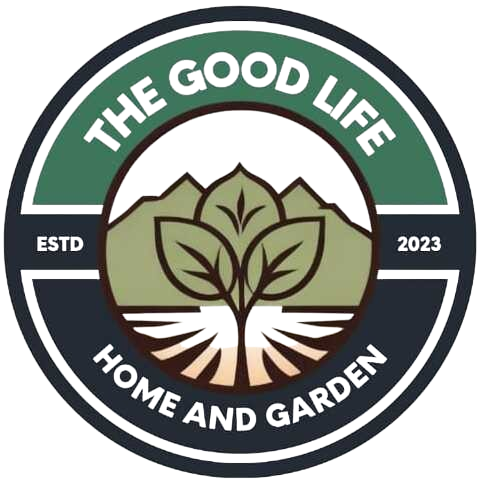001: What are growing zones?
Navigating New Hampshire's USDA Plant Hardiness Zones:
A Gardener's Guide
What zone am I in? It’s a basic question and a logical place to start.
Simply stated, a zone is a range of extreme low temperatures. New Hampshire has 6 zones ranging from 3b to 6b. We are in Zone 6a, meaning extreme lows of -10 to -5 degrees Fahrenheit. This becomes important because you want to make sure any plantings/trees that you plant can tolerate the extreme lows in temperature.
New Hampshire's breathtaking landscapes and diverse ecosystems make it a haven for gardening enthusiasts. But with its notoriously cold winters, understanding the USDA plant hardiness zones is essential for successful gardening in the Granite State.
New Hampshire's USDA planting map divides the state into six distinct zones: 3b, 4a, 4b, 5a, 5b, 6a, and 6b. These zones provide valuable insights into the types of plants that can thrive in different regions, based on factors like extreme average winter low temperatures, elevation, urban heat, and proximity to large bodies of water.
The recent release of the USDA's updated plant hardiness zone map in 2023 was a culmination of 30 years of data collection nationwide. While factors like humidity, winter sunshine, and soil moisture aren't explicitly factored in, the zones serve as a reliable starting point for gardeners looking to select plants best suited to their local climate.
Despite the chilly lows experienced across most of New Hampshire's planting zones, many flowers, shrubs, and trees have adapted to thrive in this rugged environment.
Choosing native species that are well adapted to specific growing regions and weather extremes is key to creating a resilient and thriving garden.Whether you're a seasoned gardener or just starting out, understanding New Hampshire's USDA plant hardiness zones is the first step towards cultivating a vibrant and sustainable garden. By selecting plants that are well-suited to your zone's unique climate conditions, you can create a garden that flourishes year-round, bringing beauty and joy to your outdoor space.
So embrace the challenge, explore the possibilities, and let your garden thrive amidst New Hampshire's stunning natural beauty.


